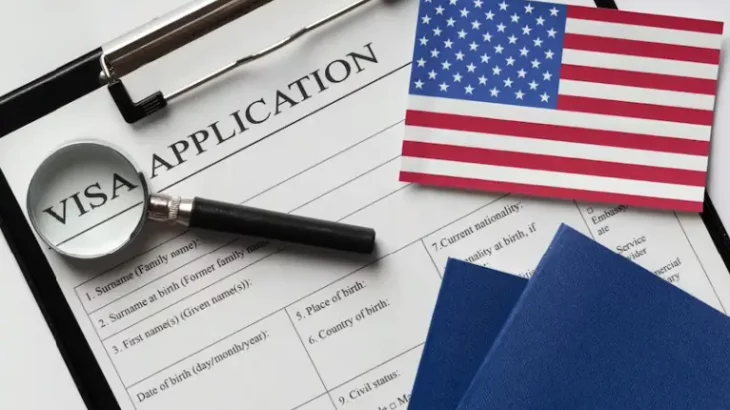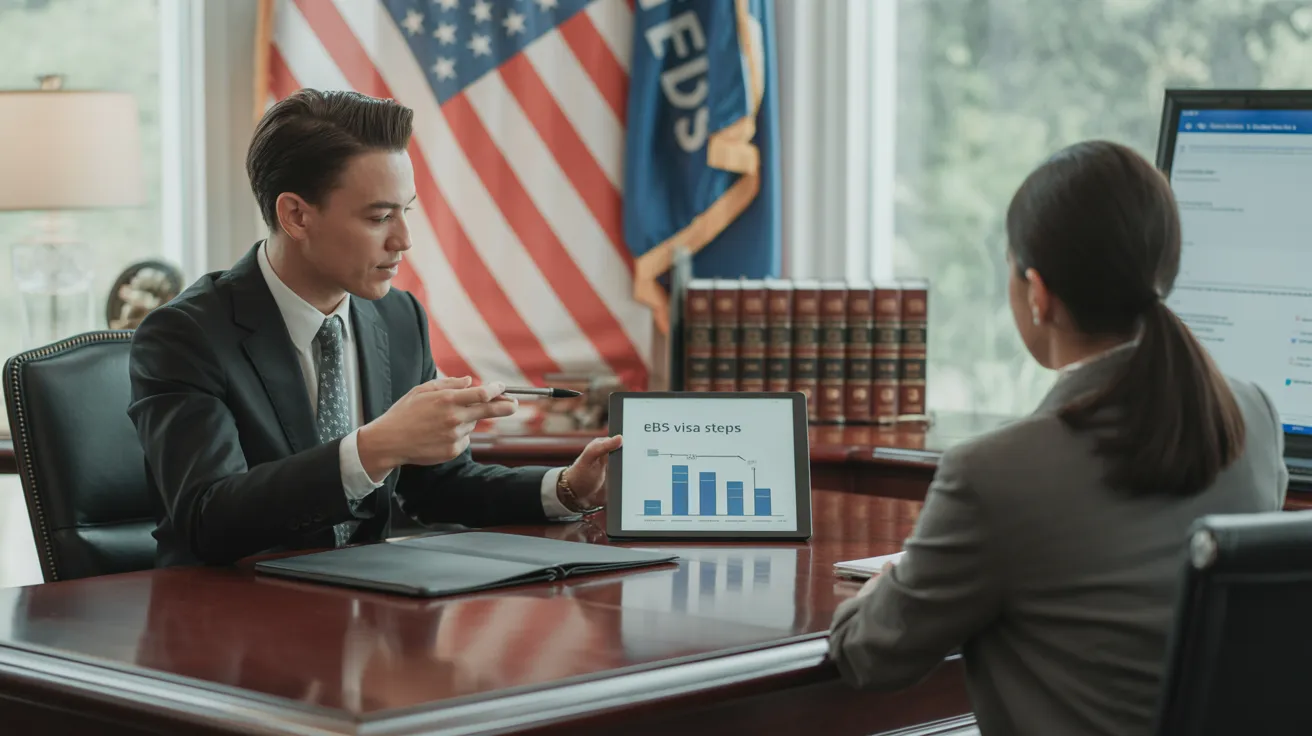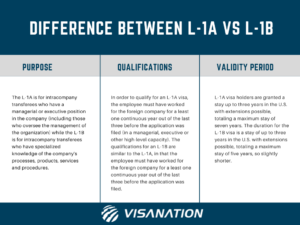L1 Visa Info
All About L1 Visa
Table of ContentsIndicators on L1 Visa You Need To KnowThe Greatest Guide To L1 VisaThe smart Trick of L1 Visa That Nobody is DiscussingFacts About L1 Visa UncoveredNot known Details About L1 Visa More About L1 Visa
Readily Available from ProQuest Dissertations & Theses International; Social Science Premium Collection. (2074816399). (PDF). Congress. (PDF). DHS Office of the Assessor General. (PDF). (PDF). "Nonimmigrant Visa Stats". Recovered 2023-03-26. Division of Homeland Protection Office of the Assessor General, "Evaluation of Vulnerabilities and Prospective Misuses of the L-1 Visa Program," "A Mainframe-Size Visa Loophole".
U.S. Division of State. Obtained 22 August 2016. "Workers paid $1.21 an hour to install Fremont tech company's computers". The Mercury Information. 2014-10-22. Fetched 2023-02-08. Costa, Daniel (November 11, 2014). "Little-known short-lived visas for international technology employees dispirit wages". Capital. Tamen, Joan Fleischer (August 10, 2013). "Visa Holders Replace Employees".
L1 Visa - An Overview
In order to be eligible for the L-1 visa, the international business abroad where the Recipient was employed and the U.S. company need to have a qualifying connection at the time of the transfer. The different types of qualifying partnerships are: 1.
Example 1: Firm A is integrated in France and uses the Beneficiary. Company B is incorporated in the U.S. and intends to seek the Recipient. Firm A has 100% of the shares of Business B.Company A is the Parent and Company B is a subsidiary. There is a certifying partnership between the two firms and Company B ought to be able to sponsor the Beneficiary.
Instance 2: Company A is incorporated in the U - L1 Visa.S. and wants to petition the Recipient. Business B is integrated in Indonesia and uses the Recipient. Firm An owns 40% of Company B. The remaining 60% is possessed and regulated by Firm C, which has no connection to Firm A.Since Company A and B do not have a parent-subsidiary relationship, Company A can not fund the Recipient for L-1.
Company A has 40% of Firm B. The staying 60% is possessed by Company C, which has no relation to Business A. Nonetheless, Company A, by official contract, controls and complete handles Company B.Since Company A has much less than 50% of Firm B however handles and manages the firm, there is a certifying parent-subsidiary relationship and Company A can fund the Beneficiary for L-1.
Some Ideas on L1 Visa You Need To Know
Affiliate: An affiliate is 1 of 2 subsidiaries thar are both possessed and regulated by the same moms and dad or person, or owned and managed by the exact same group of individuals, in basically the exact same proportions. a. Instance 1: Business A is integrated in Ghana and employs the Recipient. Business B is incorporated in the U.S.
Business C, additionally incorporated in Ghana, has 100% of Business A and 100% of Business B.Therefore, Business A and Firm B are "affiliates" or sister companies and a certifying partnership exists in between both business. Business B must have the ability to fund the Recipient. b. Instance 2: Business A is included in the U.S.
Business A is 60% had by Mrs. Smith, 20% owned by Mr. Doe, and 20% owned by Ms. Brown. Company B is incorporated in Colombia and currently utilizes the Recipient. Firm B is 65% had by Mrs. Smith, 15% owned by Mr. Doe, and 20% had by Ms. Brown. Business A and Company B are associates and have a qualifying relationship in 2 different ways: Mrs.
The L-1 visa is an employment-based visa group developed by Congress in 1970, permitting multinational firms to transfer their managers, execs, or key employees to their united state procedures. It is typically described as the intracompany transferee visa. There are 2 main sorts of L1 Visa attorney L-1 visas: L-1A and L-1B. These types appropriate for staff members employed in different settings within a firm.

Furthermore, the beneficiary must have operated in a managerial, exec, or specialized staff member setting for one year within the 3 years preceding the L-1A application in the foreign business. For brand-new office applications, foreign work should have remained in a supervisory or executive capability if the recipient is concerning the USA to work as a supervisor or exec.
Examine This Report about L1 Visa

If given for a united state business operational for greater than one year, the initial L-1B visa is for as much as 3 years and can be prolonged for an additional two years (L1 Visa). Alternatively, if the united state business is newly developed or has been operational for much less than one year, the first L-1B visa is issued for one L1 Visa guide year, with expansions available in two-year increments
The L-1 visa is an employment-based visa category established by Congress in 1970, enabling multinational firms to move their managers, execs, or essential workers to their U.S. operations. It is typically referred to as the intracompany transferee visa.
L1 Visa - The Facts
Additionally, the beneficiary should have worked in a managerial, exec, or specialized staff member position for one year within the 3 years preceding the L-1A application in the foreign firm. For brand-new office applications, foreign work must have been in a managerial or executive ability if the recipient is concerning the United States to work as a manager or executive.
for as much as 7 years to oversee the procedures of the united state associate as an executive or manager. If provided for an U.S. company that has been operational for greater than one year, the L-1A visa is at first granted for up to 3 years and can be prolonged in two-year increments.
If provided for a united state firm functional for greater than one year, the first L-1B visa is for up to contact us 3 years and can be extended for an additional 2 years. On the other hand, if the U.S. firm is recently developed or has been functional for much less than one year, the initial L-1B visa is released for one year, with expansions offered in two-year increments.